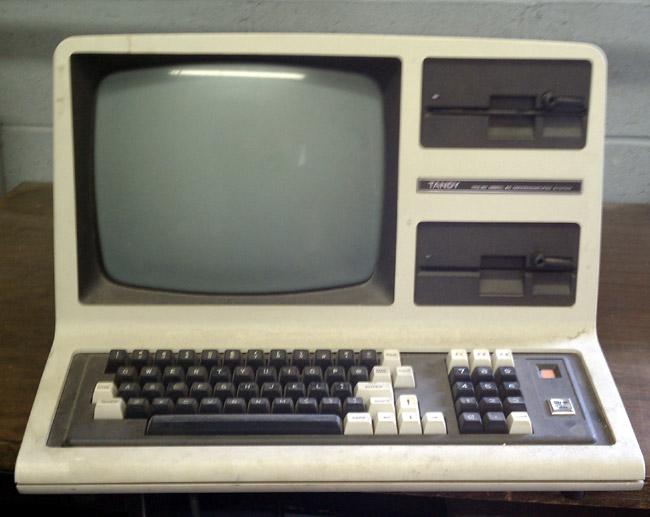I found this video called Empire of Noise about broadcast radio jamming. It seems to be about ten years old and is a post-cold War documentary about the jamming of radio signals by the USSR, Warsaw Pact counties, and China. It is an interesting look into the extent and expense that governments will go to suppress counter thoughts and ideas.
The video is quite long, and there are stretches of jamming noise that can be annoying, but perhaps that is the point. It is worth the time if interested in history and radio broadcasting. You know what they say about history; those that do not understand history are destined to repeat it.
A few of the highlights:
- The former Soviet Union had the most extensive jamming network of anyone on Earth. There were groundwave jamming centers in eighty-one Soviet cities which consisted of approximately 10-15 transmitters each in the 5 KW covering the medium and shortwave frequencies.
- Each groundwave jamming station consisted of a transmitter site and a receiver/control site. The receiver site possessed lists of frequencies to monitor, when objectionable material was heard, the jamming transmitters were turned on.
- There was a skywave jamming network consisting of 13 jamming stations with 10 or more 100-200 KW transmitters in each. There were some transmitters in the 1,000 KW power range. These were located in Krasnodar, Lvov, Nikolaev, Yerevan, Alma-Ata, Grigoriopol, Sovieck, Novosibrisk, Tashkent, Khanbarovsk, Servdlosk and Moscow (some of these names may have changed). These operated in a similar fashion to the groundwave jammers.
- After the sign-off of government stations, Soviet jammers sent a blanketing signal on the IF frequency (most likely 455 KHz) of receivers to effectively block them from receiving any station while USSR government stations were off the air.
- Baltic states had 11 jamming stations with approximately 140 transmitters
- Ukraine had approximately 300 Jamming transmitters.
- Warsaw Pact countries had extensive medium-frequency jamming networks.
- It is estimated it takes about 20 times the transmitted power to jam any one signal.
The entire jamming network was hugely expensive to equip and operate, costing several tens of millions of dollars per year.
It is interesting that the US position in all of this was:
Everyone has the right to seek, receive and impart information through any media and regardless of frontiers. Jamming of radio broadcasts is condemned as the denial of the right of persons to be fully informed concerning news, opinions and ideas.
Sounds perfectly reasonable. The free exchange of ideas and information over the internet is something that should be guarded carefully and should not be restricted or censored. Perhaps somebody should inform Congress.


